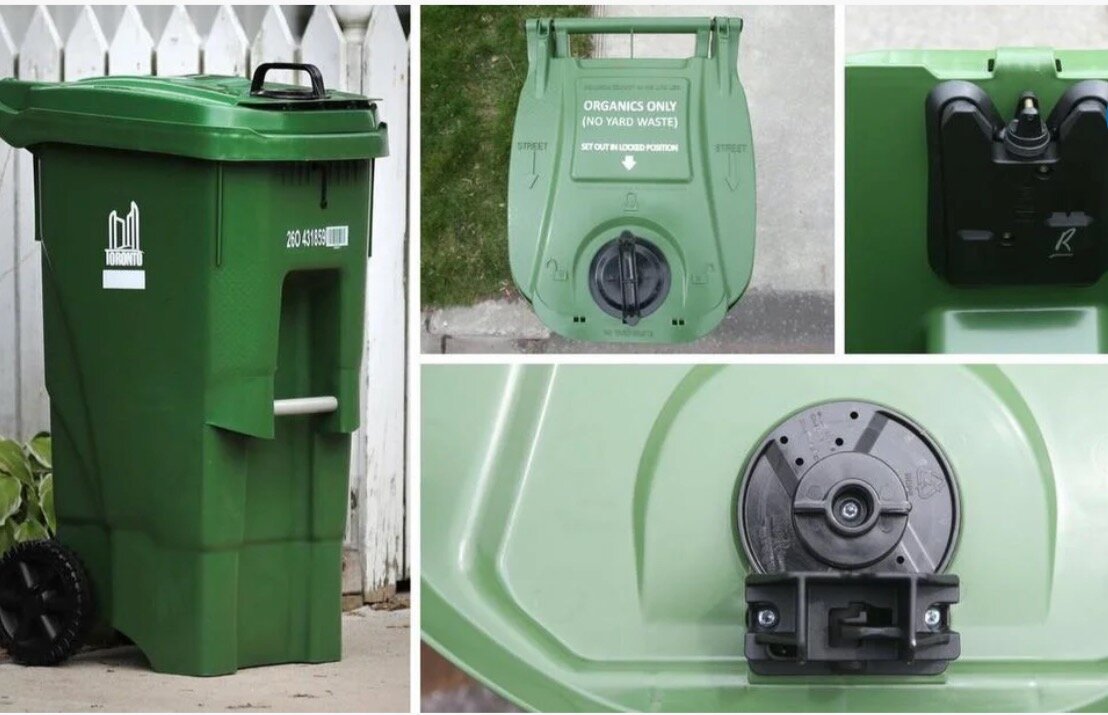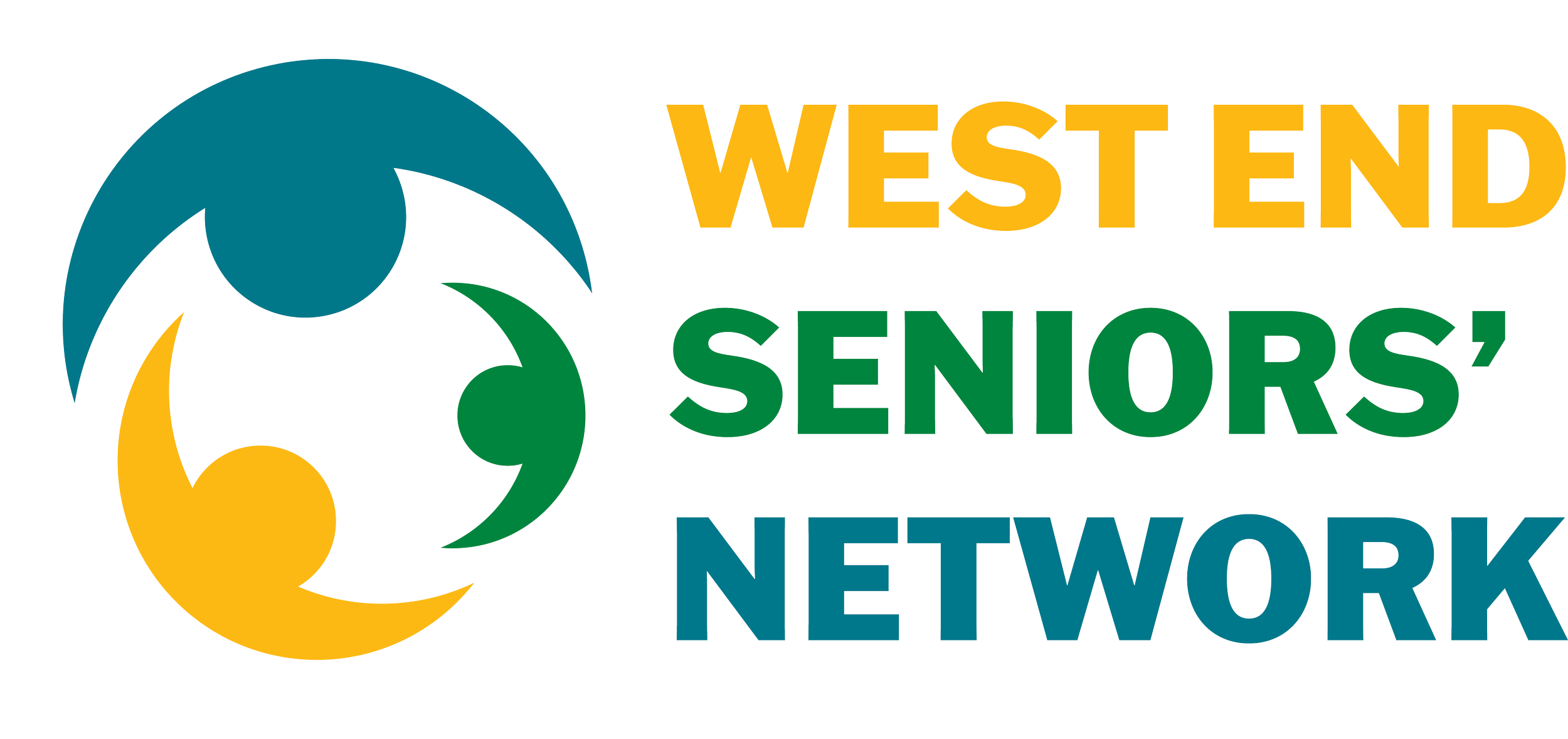STANLEY PARK NOTEBOOK
/Coyotes were the main topic among Stanley Park lovers this past month or more. (Rita Ivanauskas Photo)
STANLEY PARK DESERVES MORE RESPECT AND BETTER CARE.
by Jacqui Birchall
This has been a very tough month in Stanley Park.
Coyotes were being killed and the park was fenced and closed for 14 hours a day. This changed on September 21 when the Park Board suddenly announced Stanley Park and all trails had been reopened to the public.
During the closures, it was disturbing that folks found it acceptable to harass the park rangers who were locking and unlocking the access points. Many paid no heed to the closures, entering the park minutes before the park was locked. One morning would-be park users pushed the fence down when an entry point was not opened on time.
This is the message everyone needs to hear — do not feed any of the wildlife. Ever.
As trappers and conservation officers attempted to cull 35 coyotes in Stanley Park, there was talk that maybe the numbers were overestimated as after many days four had been killed. On the weekend of September 17, the traps were deactivated due to the heavy rain. On September 21 the announcement was made that four coyotes were killed in the latest cull and a total of eleven since December 2020. It was announced that the few remaining coyotes were not displaying the negative behavior that was evident in the biters.
As some members of the public called for the killing of all the coyotes and others signed petitions against the killings, experts explain what is happening and why.
I talked with Nadia Xenakis, MSc, B.I.T.I., Urban Wildlife Programs Coordinator for the Stanley Park Ecology Society. Nadia manages Co-existing with Coyotes and the Blue Heron Society. Nadia is very involved in wildlife research in Stanley Park.
A recently installed bear-proof garbage can.
(Jacqui Birchall Photo)
SPES is working with Assistant Professor Kristen Walker, a coyote expert in UBC’s Applied Animal Biology Program where she focuses on compassionate conservation, wildlife welfare, and animal behavior. Kristen Walker has been conducting active research in Stanley Park for the last six months. She admits the coyote behavior is abnormal. Motion-activated cameras around the park have been installed to aid research, but some have been vandalized or stolen. The province has now provided more. Walker supported closing the park to investigate what is happening. She notes that feeders are a problem and people continue to hand feed raccoons.
Nadia explains that the coyotes are the canaries in the coal mine and the problem is many years in the making.
Problems include rampant wildlife feeding, raves, and biking off-trail. We the public have encroached on all their spaces. With nowhere left to go, coyotes become habituated to eating the food that humans provide.
New racoon-proof garbage cans are on order for Stanley Park.
SPES has photographed feeders with huge bags of milk bones and dog food in their cars. There is a photographer who daily baits Stanley Park wildlife with pet food to obtain the perfect shot for his Instagram account.
Coyotes eat the wildlife which the humans feed. They also find the piles of dry pet food which members of the public leave for raccoons. There is one couple who leaves piles of pet food under the boardwalk on Cathedral Trail. Two of us cleaned up potato chips a woman had spread on the shores of Lost Lagoon. Some feeders when approached say they don’t speak English. The new “no feeding” signs are terrific and include signs in languages other than English.
At the Vancouver Park Board’s meeting on September 27, the board voted to create a new bylaw fining people $500 for the feeding of any wildlife in all of Vancouver’s parks.
The new bylaw recommendation would see those who feed, attempt to feed, or leave food or garbage that attracts wildlife, would be liable for a fine. This bylaw would include all park wildlife, birds, mammals, reptiles, and amphibians. This makes it very clear that no feeding is acceptable in our parks.
The problem at the moment is that the park rangers do not have the ability to check the ID of possible feeders. At this time only conservation officers can issue tickets for the feeding of coyotes that come under the description of dangerous wildlife. Under the Police Act park rangers cannot currently ask for a person’s identification, making it difficult to issue a feeding ticket.
The Park Board is meeting again on October 4 to further consider this new bylaw and how park rangers can enforce it. The Park Board also plans to increase the number of park rangers to help with the enforcement of the new no-feeding bylaw.
“I have been doing this for years”, one man responded when he was challenged about feeding bread to the water birds.
Do report people who are feeding. Direct reporting, with basic information such as time, location, and if possible (with safety in mind) photos or videos, can assist in enforcement action, which is necessary to ending feeding.
In Stanley Park, call the BC COS RAPP line at 1-877-952-7277, Stanley Park Ecology Society at 604-681-WILD (9453) or Vancouver’s 3-1-1
Nadia also advised that new garbage cans are being introduced. Currently, there are newly installed bear-proof garbage cans in the park. Raccoon-proof garbage cans are on order. These are similar to the green garbage cans we see around the park but they have a locking mechanism on top. They have been tested in Toronto and Scarborough Ontario and the Toronto Star printed this article on the effectiveness of these garbage cans.
Nadia explained that the park has suffered from many years of misuse. There is a lot of damage on trails, so nothing grows. People were feeding the coyote that hung out around the Pitch and Putt and that led to his demise.
Brockton Oval and Prospect Point are coyote hotspots and Merilees Trail has the most coyote sightings. One can read SPES response to the culling here.
The Fur-Bearers, a non-profit society dedicated to stopping trapping cruelty and protecting fur-bearing animals, notes that “While the issues related to the change in behavior in Stanley Park are multi-faceted and require a nuanced response, feeding of wildlife is recognized as a driving factor by all experts. Feeding coyotes for the purposes of photos, because of a belief they need to be fed or that it will prevent them from engaging with people and pets, changes the way coyotes respond to humans. Further, feeding of other species in the park also encourages coyotes to seek anthropogenic (human-made) foods and changes their behavior.”
Learn more about why relocation isn’t effective here; about leg-hold traps and their impact here; and more about the scientific literature on coyotes and true coexistence here and here.
Fur-bearers has provided a reading list for those interested in the topic here.
They also ask that concerned folks contact the Park Board. Tell them you want them to prioritize prevention tools such as the use of new, multilingual signage, wildlife-aware waste management practices, and by-laws and resources specifically dedicated to enforcement and prevention of wildlife feeding. You can find the full list of Parks Board Commissioners and their contact information here. Also contact Minister of Forests, Lands, and Natural Resource Operations Minister Katrine Conroy and tell her you want priority placed on enforcement of existing wildlife regulations and to prioritize coexistence programs as trapping is inherently inhumane and not a long-term solution. You can email the Minister at FLNR.Minister@gov.bc.ca.
Edward Kroc is an assistant professor of measurement, evaluation, and research methodology research at UBC where he specializes in urban ecology.
“I would put the majority of the blame directly on the Park Board. Presumably, they have resources, they have money. I don’t know what they’re using it for but they are clearly not using it to maintain a healthy park, in terms of a healthy ecosystem, at all. It's basically just been a garbage pit for people to play in.”
Kroc says it’s “absurd” that provincial officials don’t know how many coyotes are in the park. “The cull should be halted and they should actually go out and study the population that they’re killing.”
News sources report that the Park Board has admitted to spending a “minimal” amount of money on the coyote problem. The temporary bike lane however cost $815,000 and will be removed in the autumn.
A long-time park ranger rages that Stanley Park is treated like a vacant lot instead of the jewel that it is. Stanley Park is one of the most important parks in the world, he tells me. This ranger notes that blaming the homeless is incorrect as there are far fewer homeless sleeping in the park than there were five years ago. He attests there is too much garbage, too much plastic, too many people in the park.
Cyclists who don’t follow the cycling trails cause a lot of damage. Riding off-trail destroys plant life, riding on the no-bike trails causes more damage. Cathedral Trail, despite its small and delicate size and no biking signs, is frequently used by speeding cyclists. This ranger asserts there should be fines for cyclists who cut trails in the park. There is too much plastic garbage in the park, it needs to breathe, he tells me.
This ranger has tried for years to get wildlife feeding bylaws introduced into the parks.
The following sites have more information on coyotes in the park. #stanleypark #coexistence #donotfeedwildlife #humanwildlifeconflict The Fur-Bearers ,Stanley Park Ecology Society ,Coyote Watch, Canada #coyotes #stopthecull.
Please follow Isabelle Groc’s Facebook page where she writes about coyotes and feeders in French and English or follow her on Instagram at @isabelle.groc
Follow Rita Ivanauskas @rita.ivanauskas on Instagram. She is another amazing wildlife photographer fighting for the protection of wildlife.
Stanley Park is a jewel. We all need to respect and understand this wonderful place and show Stanley Park the love it deserves. Clearly, the park ranger budget needs to be increased. I frequently walk for two hours in the park and never see a ranger. Park rangers also need the ability to ticket feeders, off-trail cyclists, and the unleashed dog owners. Vancouver's 3-1-1 number is ineffective. It can take a long time to get through. We need a ranger hotline to report problems in the park in real-time.
ADDITIONAL NOTES
GHOST TRAIN CANCELED: The Park Board announced the Ghost Train canceled for 2021: “Out of an abundance of caution, we will not be moving forward with the Ghost Train event this year” the announcement said. “Given that the Ghost Train takes place in the evening, and Stanley Park is temporarily closed during these hours in response to coyote activity, we made the decision to cancel in the interest of public safety. We’re now refocusing our efforts and are in the planning process for the Bright Nights event this winter.”
Water quality leads to dying carp in Lost Lagoon.
CARP DYING IN THE LAGOON: Starting September 20, dead carp were seen floating in Lost Lagoon. The Stanley Park Ecology Society notes that "Lost Lagoon water quality is indeed very poor. We want to look more into this but are thinking that the heavy rainfall this weekend must have disturbed the substrate, which contains toxic components and heavy metals. The presence of algae bloom is also concerning.
“The VPB has been working with engineers on a feasibility project to improve Lost Lagoon water quality, but this event, we hope, will act as a reminder of the gravity of the situation.”






